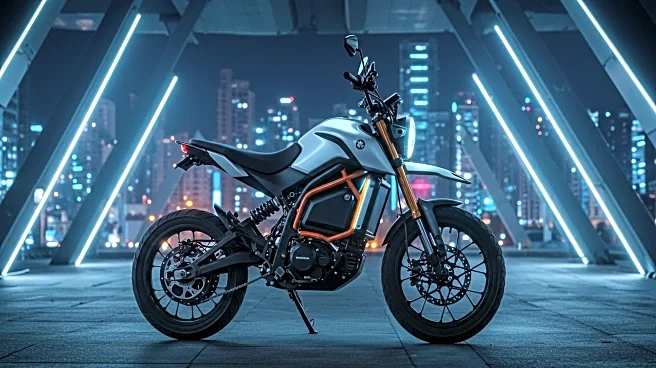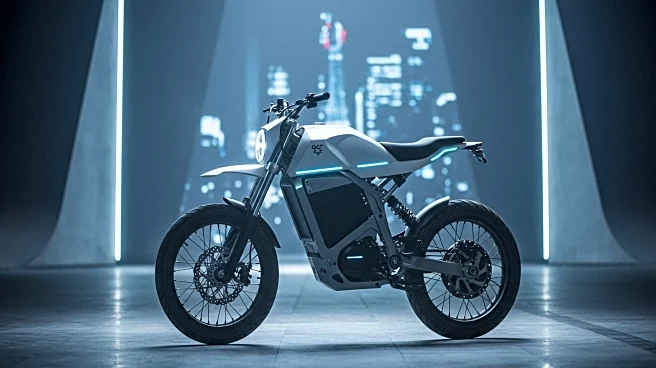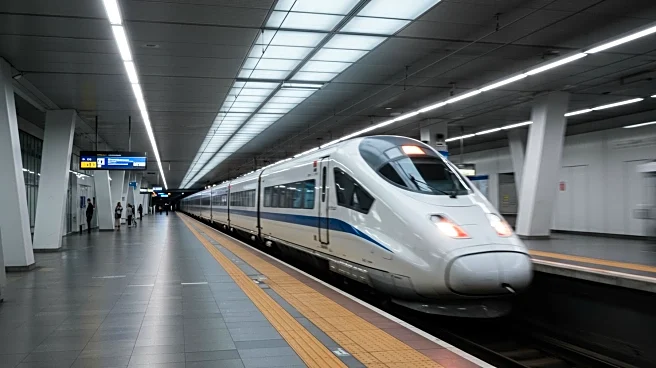What's Happening?
The Amyet V9-G60 electric bike is now available for purchase at a significantly reduced price of $476.55 on AliExpress, following a $100 discount coupon. This electric bike, which features a 1,000W motor capable of reaching speeds up to 32 MPH, is being marketed as an affordable alternative to more expensive models. The bike is equipped with a 48V 20AH battery, providing a range of 30 to 70 miles per charge. It includes safety features such as dual disc brakes, an electric horn, headlights, turn signals, and brake lights. The bike's frame is made of lightweight aluminum, and it supports a weight limit of 330 pounds. The Amyet V9-G60 is 90% preassembled, allowing for quick setup and use.
Why It's Important?
The availability of the Amyet V9-G60 at a lower price point is significant for the U.S. market, where electric bikes are gaining popularity as a sustainable transportation option. This model offers a high-power motor at a price that is accessible to a broader range of consumers, potentially increasing the adoption of electric bikes. The affordability of this bike could also influence market competition, prompting other manufacturers to offer similar features at competitive prices. Additionally, the bike's features cater to both urban and off-road environments, appealing to a diverse group of riders.
What's Next?
As the Amyet V9-G60 enters the U.S. market, it may prompt other electric bike manufacturers to reevaluate their pricing strategies to remain competitive. Consumers might see an increase in promotional offers and discounts as companies strive to capture market share. Additionally, the growing interest in electric bikes could lead to further innovations in battery technology and motor efficiency, enhancing the overall performance and appeal of these vehicles.
Beyond the Headlines
The introduction of affordable electric bikes like the Amyet V9-G60 could have broader implications for urban transportation and environmental policy. As more people opt for electric bikes, cities may need to invest in infrastructure improvements, such as bike lanes and charging stations, to accommodate the growing number of riders. This shift could also contribute to reduced traffic congestion and lower emissions, aligning with sustainability goals.











